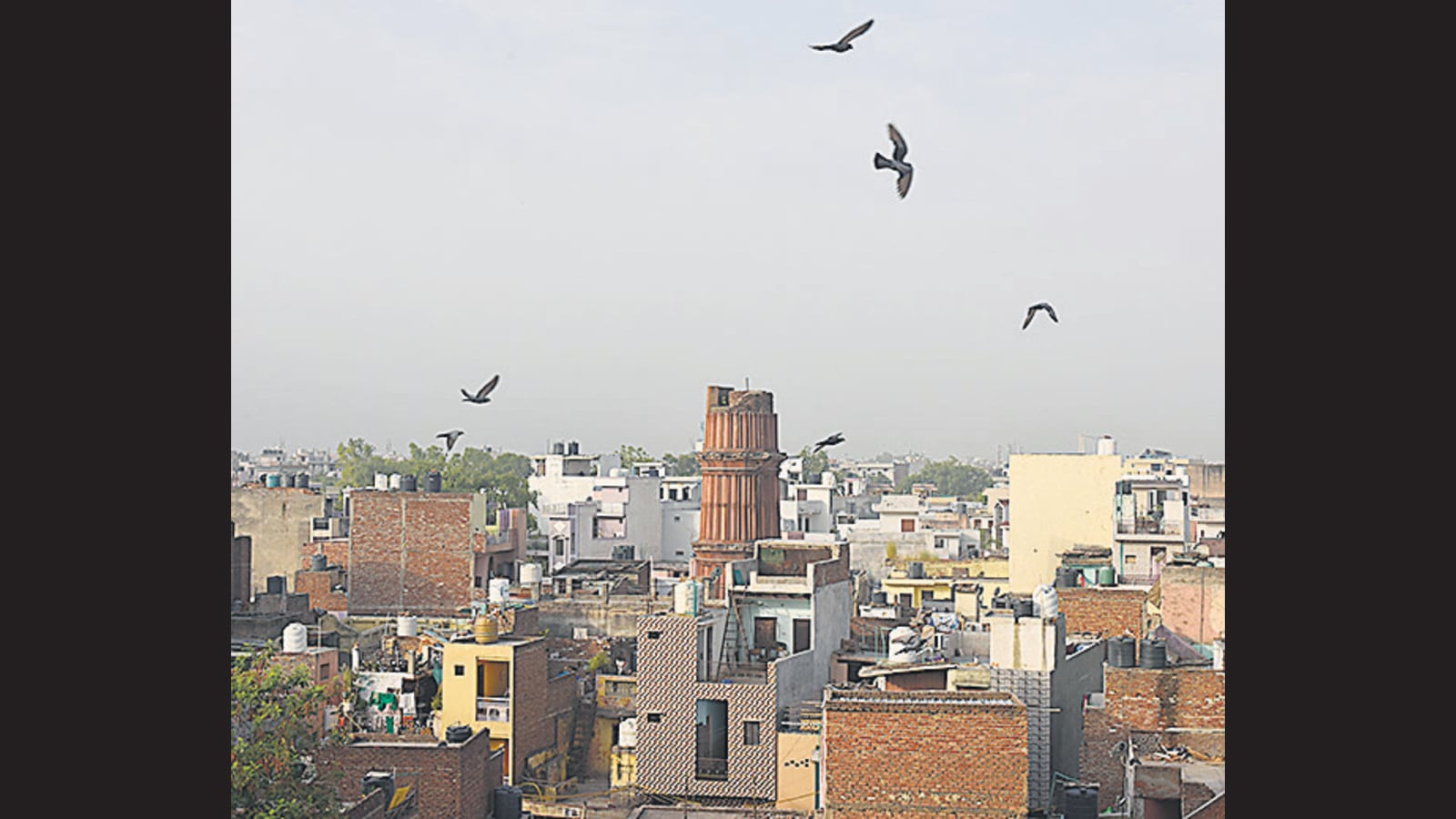

She wears nylex sarees, cheaper and easier to maintain than cotton sarees. For years, Devi and her family survive eating radish, which is the cheapest vegetable to procure. Devi’s life is permanently changed after her husband’s death. Shreedharanunni dies of shock when China attacks India. These catastrophes are memorialised through their impact on the lives of the characters in the novel. While they attempt to build new lives, the capital undergoes major crises – war with China, the refugee crisis, the Emergency, riots following Indira Gandhi’s assassination. We meet them through their encounters with Sahadevan and the novel gradually reveals the minutiae of migrant lives in the capital. The novel soon pulls us into a vortex of Malayalis living in Delhi – Shreedharanunni, Devi, Kunhikrishnan, Lalitha, Vasu, Rosily, Satyanathan, Janakikutty, amongst others, who arrive in the capital seeking a new life or better prospects. In 1959, Sahadevan arrives in Delhi to find a job and support his family back home in Kerala. Fiction resists forgetfulness, and the tragedy and mourning experienced by the characters can be related to the tragedy of the present faced by millions in the country. Originally published in Malayalam as Delhi Gadhakal in 2011, there are several factors which render the novel contemporary – its references to war, Emergency, death is conversant with the overwhelming gloom and uncertainty characteristic of every sphere of life today.Īmidst the all-pervasive despair unfolding in the capital and other parts of the country, I started reading Mukundan’s novel which journeys across various tumultuous moments in Delhi through the 1960s to the mid-1980s.

This sentiment feels rather prescient for our time. “Fear will soon be the only emotion left” says a character in M Mukundan’s Delhi - A Soliloquy.


 0 kommentar(er)
0 kommentar(er)
